Digital Classroom

Wolfgang Sievers, Information desk at German stand, Exhibition Building, Melbourne, Victoria 1966, nla.gov.au/nla.obj-161478886
![A yellowed sheet of paper with the headline '[Co]nventional Lies of the Anti-Federal Party'. The 'C' and 'O' of the word 'conventional' is missing as the corner of the page has been torn off. The very small text is set out in four columns](https://www.library.gov.au/sites/default/files/styles/related_event/public/images/2024-11/collection-manuscript-lies-anti-federal-nla-obj-135107257.jpg?h=c6b67ce7&itok=FFRwD5Hf)
(1899). Conventional lies of the Anti-Federal Party, nla.gov.au/nla.obj-135107257
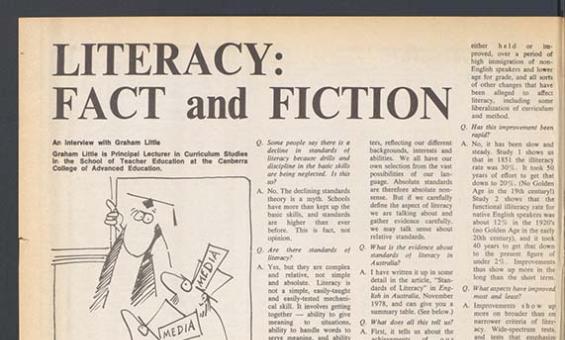
N.S.W. Teachers' Federation & New South Wales Public School Teachers' Federation. (1919). LITERACY: FACT and FICTION, Education : journal of the N.S.W. Public School Teachers Federation, nla.gov.au/nla.obj-710682297

Sandy Scheltema, Australian Electoral Commission officer standing next to a 'How to Vote in a Federal Election' poster outside the polling place in Glenlyon Hall, during the Australian federal election, Glenlyon, Victoria, 21 May 2022, nla.gov.au/nla.obj-3108998796

Joan Lindsay & Andrew Fabinyi, Typescripts, [ca. 1967], nla.gov.au/nla.obj-573778720
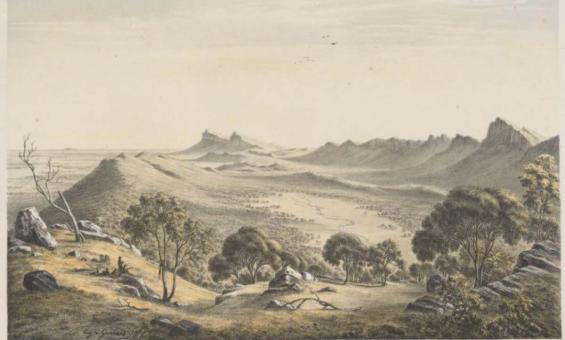
Eugene Von Guerard, Source of the Wannon, 1867, nla.gov.au/nla.obj-135740687
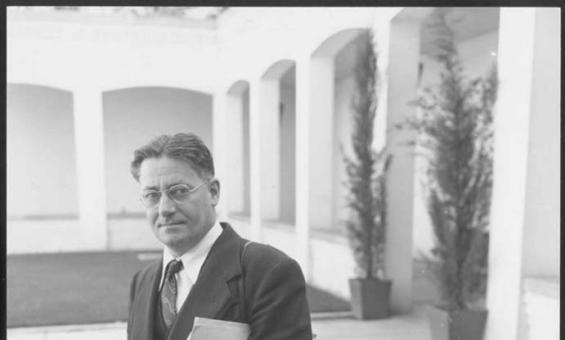
Australian News and Information Bureau. [Portrait of Howard Florey] [picture] / [Australian News and Information Bureau]. nla.gov.au/nla.obj-136743351

Philip Gostelow, Professor Fiona Stanley at the Telethon Institute for Child Health Research, Subiaco, Perth, 21 August 2013, 2013, nla.gov.au/nla.obj-153312966
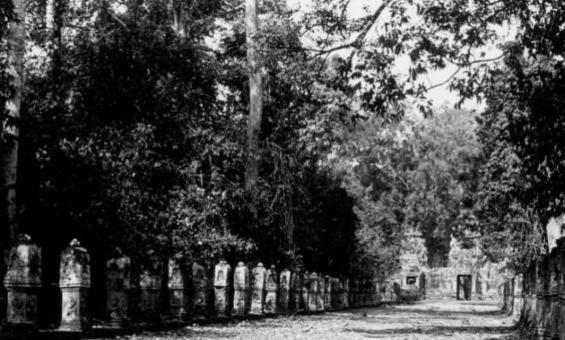
Yves Coffin, [Preah Khan, rows of stone posts lined towards gopura], nla.gov.au/nla.obj-140374253

Robert McFarlane, Charles Perkins travelling to University, 1963, nla.gov.au/nla.obj-136494589
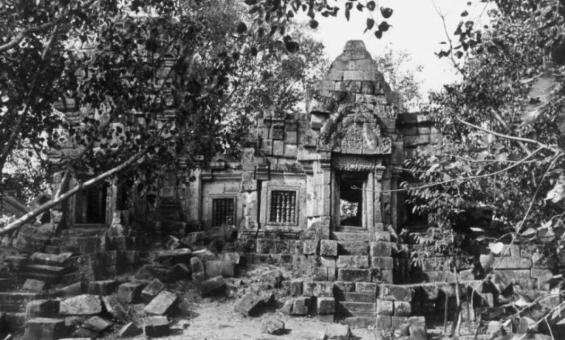
Yves Coffin, [Wat Ek, comprehensive view, southern side], nla.gov.au/nla.obj-140371255
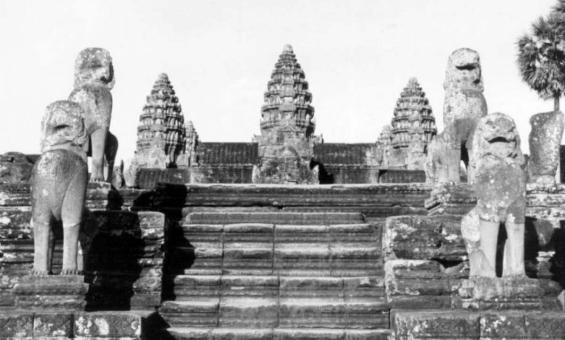
Yves Coffin, [Angkor Wat, perron of main temple and sculptures], nla.gov.au/nla.obj-140376052